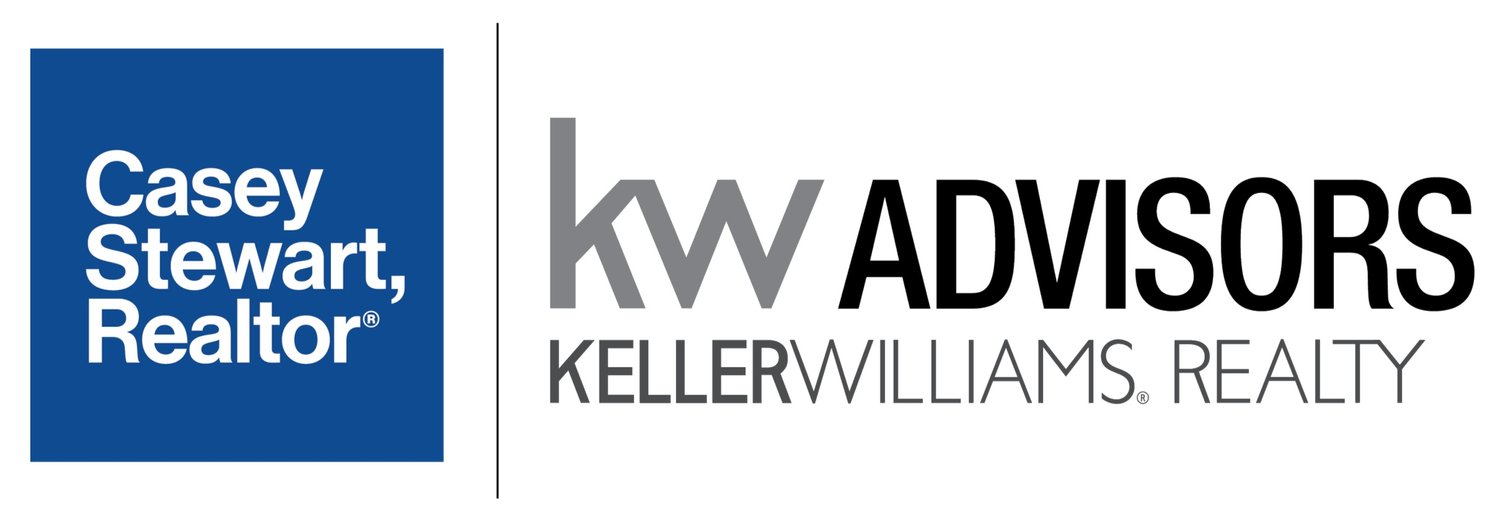Home Equity Saves the Day
/NAR recently reported that the Baby Boomer generation has overtaken Millenials as the largest homebuyer segment in the USA, despite being a smaller percentage of the overall population and having lower income on average than Gen Xers. How are they doing it? By leveraging their home equity. As it happens, almost half of the over-60 crowd have been in their homes for 20 years or more, so not only have they been paying down their mortgages but their home values have increased dramatically. In the past 5 years, in fact, home prices have increased over 40% (on average) nationwide!
Homeowners have been using their home equity in a variety of ways, especially since interest rates started to rise to more stable levels after the pandemic. The most common use has been to roll the proceeds from the sale of one home into the purchase of their next home: in most cases, homeowners have enough equity to end up with a similar or lower monthly payment even if they are purchasing a more expensive property. More equity = larger down payment, or money to pay down other debts in order to increase your credit score and qualify for better loan terms. Another smart use for extra funds during this process is to buy down your interest rate — also known as paying points. This upfront fee buys you a lower interest rate for the length of your mortgage, enabling you to pay down the principal and gain equity more quickly.
Paying down debt or consolidating it is another popular use for home equity, especially with interest rates rising, high inflation, and relatively stagnant wages. Let’s say you have $20,000 in credit card debt spread over three credit cards, and your average interest rate on those is now 20%. If you took out a home equity loan or line of credit (HELOC) instead, your interest rate would be closer to 8%! If you were struggling to make those payments before and making little to no progress on paying down your debt, this lower interest rate should make a huge difference in your ability to pay the balance more quickly while also decreasing the amount of interest you are charged over time. The amount of equity you can use depends on the value of your home and your current mortgage balance, but if you’ve owned your home for 5 years or more, chances are very good that you’ll have enough equity to substantially improve mounting credit card debt.
But what if you love your home and don’t need to move? You can still use that home equity to make improvements to your home: think kitchen or bathroom renovations, new flooring, finishing a basement, adding an in-law suite, replacing your windows, or exterior hardscapes like a paver patio! If you’re not sure which improvements to make first, ask your favorite real estate agent — they’ll have the most up to date information on what buyers are willing to pay a premium for in your neighborhood. But in general, I’d recommend you prioritize like this:
If it’s broken or at the end of its life, fix it! Roofing older than 20 years, furnaces older than 15 years, windows and doors that don’t operate quite right, broken garage door springs, faulty electrical wiring…it could be anything, but waiting too long to do maintenance on some of these things can cause major problems.
Keep the water & critters outside, and the heating/cooling inside. This would include sealing any small holes or gaps in siding and soffits, adding weather stripping or insulation, regrading your yard to direct water away from the foundation, adding a french drain or basement waterproofing system (don’t forget a battery backup for that sump pump…you can thank me later), recaulking around plumbing fixtures, replacing hose bibs with anti-frost spigots, and more. Replacing single paned windows with insulated double-paned windows, or replacing a basic wood door with an insulated fiberglass door, can make a big impact on your home’s comfort and appearance, as well as on your utility bills.
Cosmetic updates, specifically those that positively impact your home value: over time there remain some upgrades that buyers are always looking for, some that are taste- or lifestyle-specific, and others that are appealing to only a small segment of buyers (or only to you!) or only certain areas/climates. Freshly remodeled kitchens, upgraded bathrooms, and finished basements have always been popular selling points; having suffered through some of these remodels myself, I can understand the appeal of finding a home that won’t need that kind of work anytime soon! Keep in mind that the finishes you’re choosing for these remodels need to appeal to a wide segment of people (your agent will be a great resource for this) or your improvements might not result in enthusiastic buyers when it’s time to sell. And if you’re thinking about adding a big ticket item like a swimming pool, pickleball court, pole barn, or elevator, make sure that buyers in your area share your desire for these amenities! Minnesota is not Tennessee, and California is not New York: real estate is local, so it’s important to understand what your local market wants.
Anyhow, that’s an overview of how your home equity can work for you — hope you found it helpful! Remember, even if you’re not ready to move, your favorite real estate agent will be happy to talk to you about your current home value, estimate your equity position, and advise you on the best bang for your buck when improving your home. They can also connect you with a skilled finance professional so you can determine whether using your equity to pay down debt is the best option right now.


